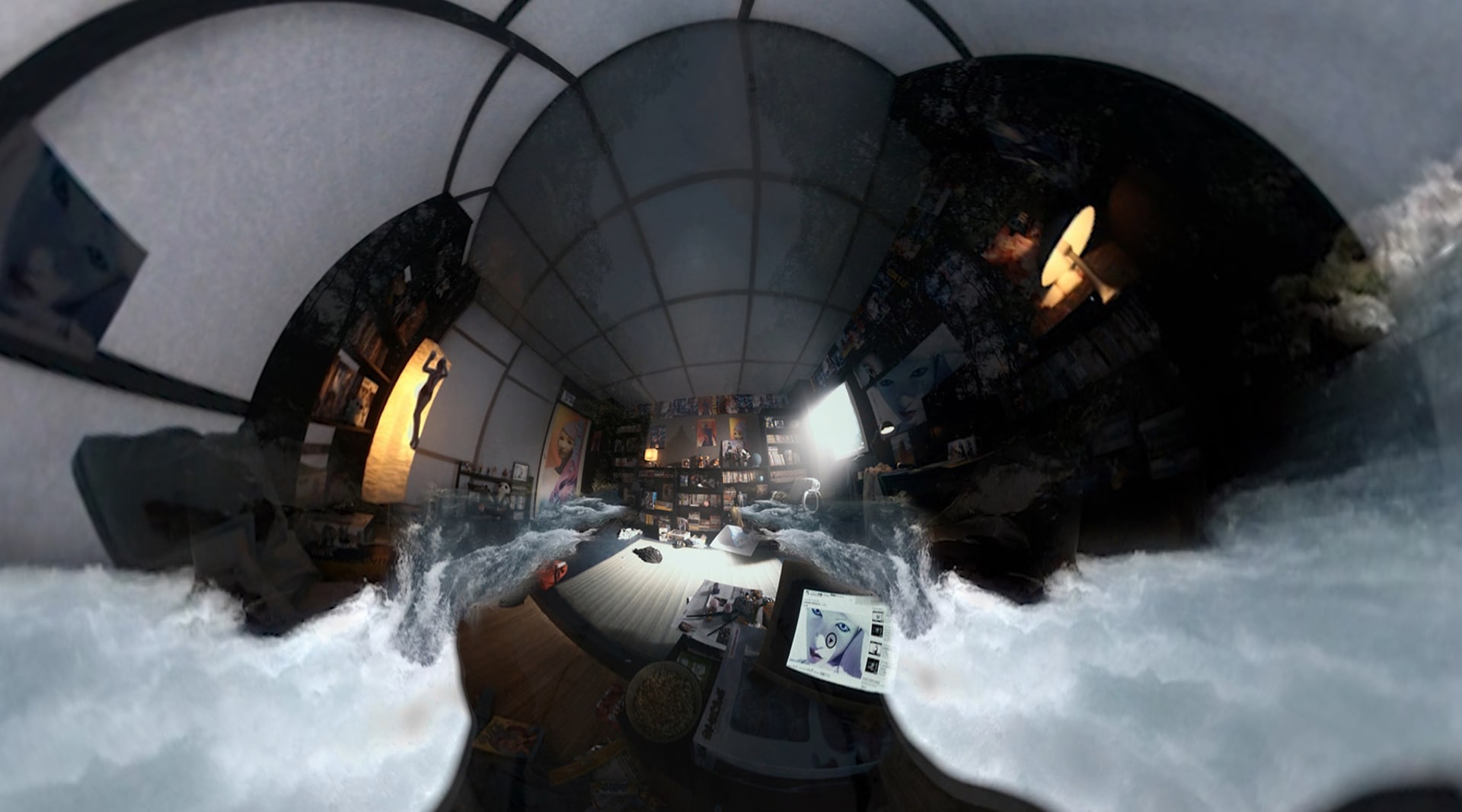Tribeca Immersive (part of the Tribeca Film Festival) hosted 30 projects that leverage the latest technology through its Storyscape and Virtual Arcade. The program, which runs from April 24 to May 5 in New York City, is dedicated to new approaches in filmmaking and narrative. These innovative projects challenge the way audiences engage with characters, scenarios and stories by shifting the role of the audience from viewer to participant.
Storytelling moves from passive entertainment to active participation with the help of digital innovation and alternative formats.

“Tribeca Immersive remains committed to the power of new technology as a dynamic vehicle for storytelling,” said Loren Hammonds, senior programmer for Film and Immersive for Tribeca Film Festival. “This year’s programming spans a myriad of genres, including many world premiere VR, MR and AR experiences.”
Narrative immersion
As in previous years, virtual reality (VR) took center stage as the format creators used to bring their stories to life, as it offers a more intimate and immersive experience. Notably, The Key used an interactive VR journey to transport viewers into Anna’s world to help her unravel the mystery behind a key that persistently appears in her dreams. The VR experience, created by Lucid Dreams Productions, won the 2019 Storyscapes Award last night with the jurors commenting, “the experience combines a real actor with fantastical, immersive visuals and achieves a rarity in VR storytelling with its use of metaphor to represent an ongoing, real-world crisis.”
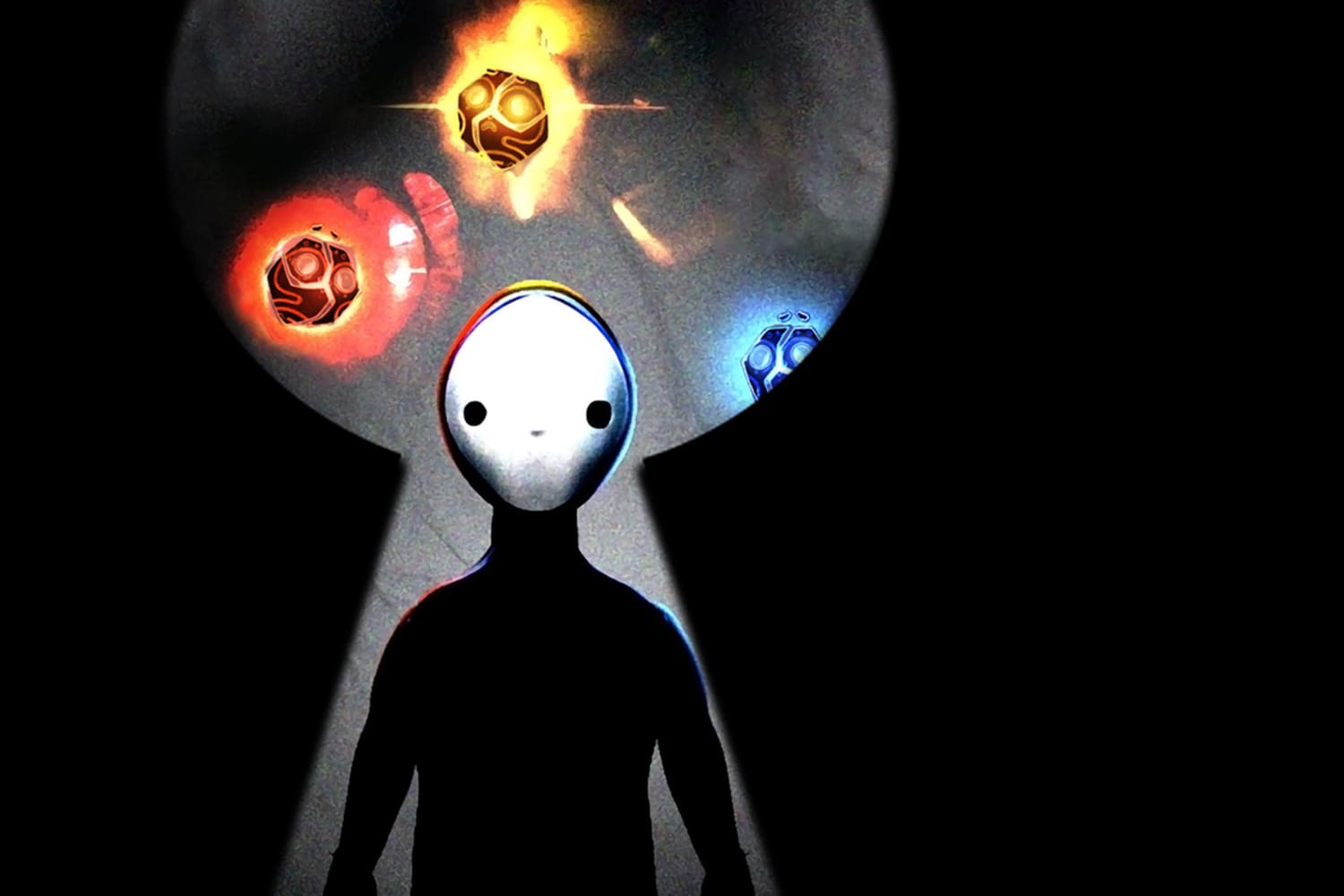
Hyper-reality
Advances in digital innovation are slowly shifting VR from an experimental medium to a powerfully realistic storytelling format. This development is best illustrated by the project 7 Lives, a dark story set in Tokyo about an unexpected suicide which shocks onlookers and subsequently triggers suppressed and painful memories that the audience experiences with the onlookers. Created by Charles Ayats, Sabrina Calvo and Jan Kounen, the 25-minute highly-engaging and deeply affecting experience blurring the virtual with the real, even after the headset is taken off.

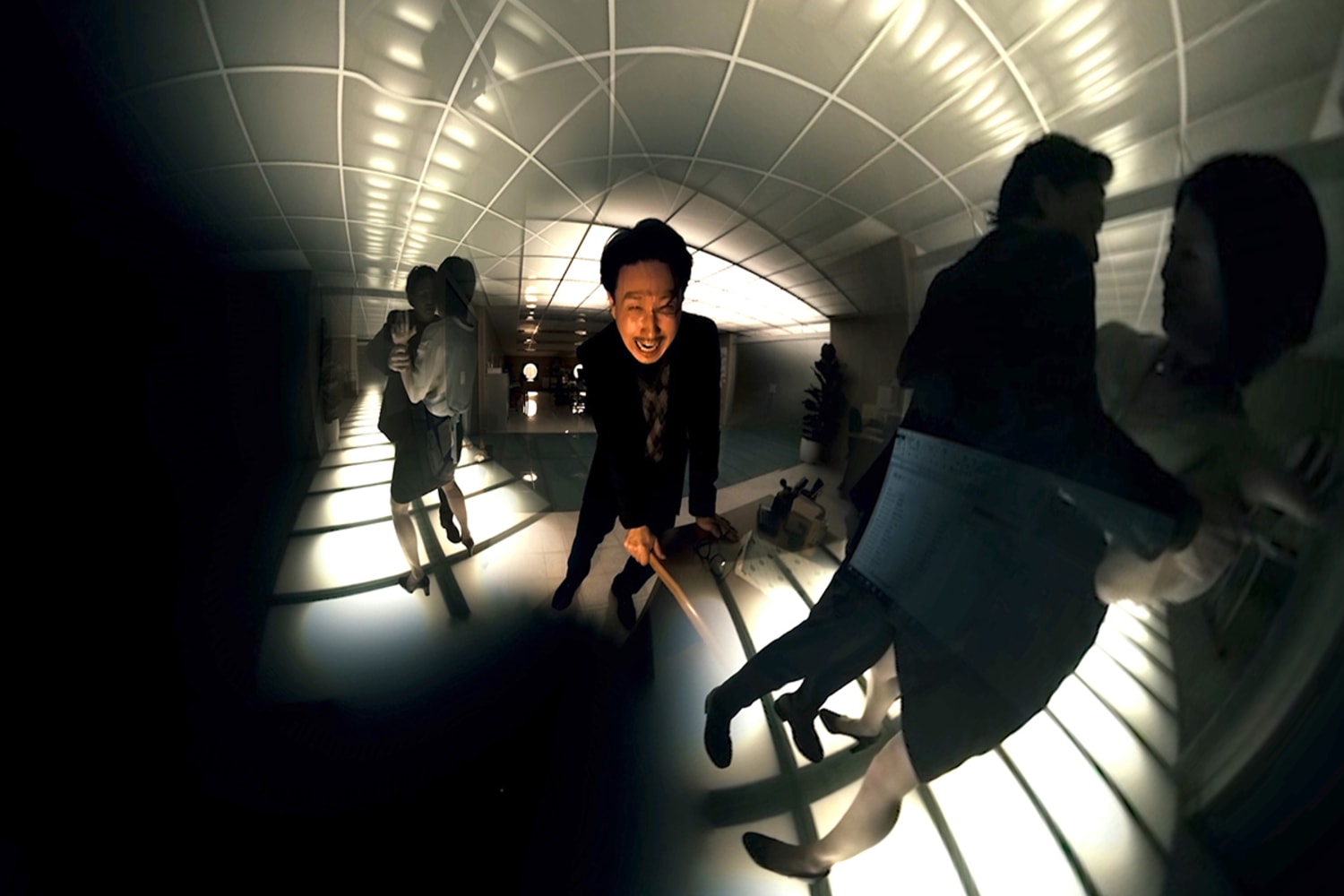

The creators were able to heighten the emotional response from the audience by borrowing from different storytelling mediums. “We took characters from movies and the traditional patterns of cause and effect, we took from games the process, interactivity and rituals, and we took from VR the immersive factor,” co-creator Sabrina Calvo tells JWT Intelligence. By combining the three different storytelling sources, Calvo and her team created what she coins as “super perception”—a world where everything feels more intense and realistic.
Political worlds
A number of the immersive projects addressed political topics this year. The animated 20-minute documentary Another Dreamtells the story of an Egyptian lesbian couple experiencing backlash against the LGBTQ community. The short follows their journey as they escape Cairo in search of asylum and acceptance in the Netherlands. “I feel that mediums like VR have the power to make the political personal and the personal universal,” said Tamara Shogaolu, director of Another Dream.
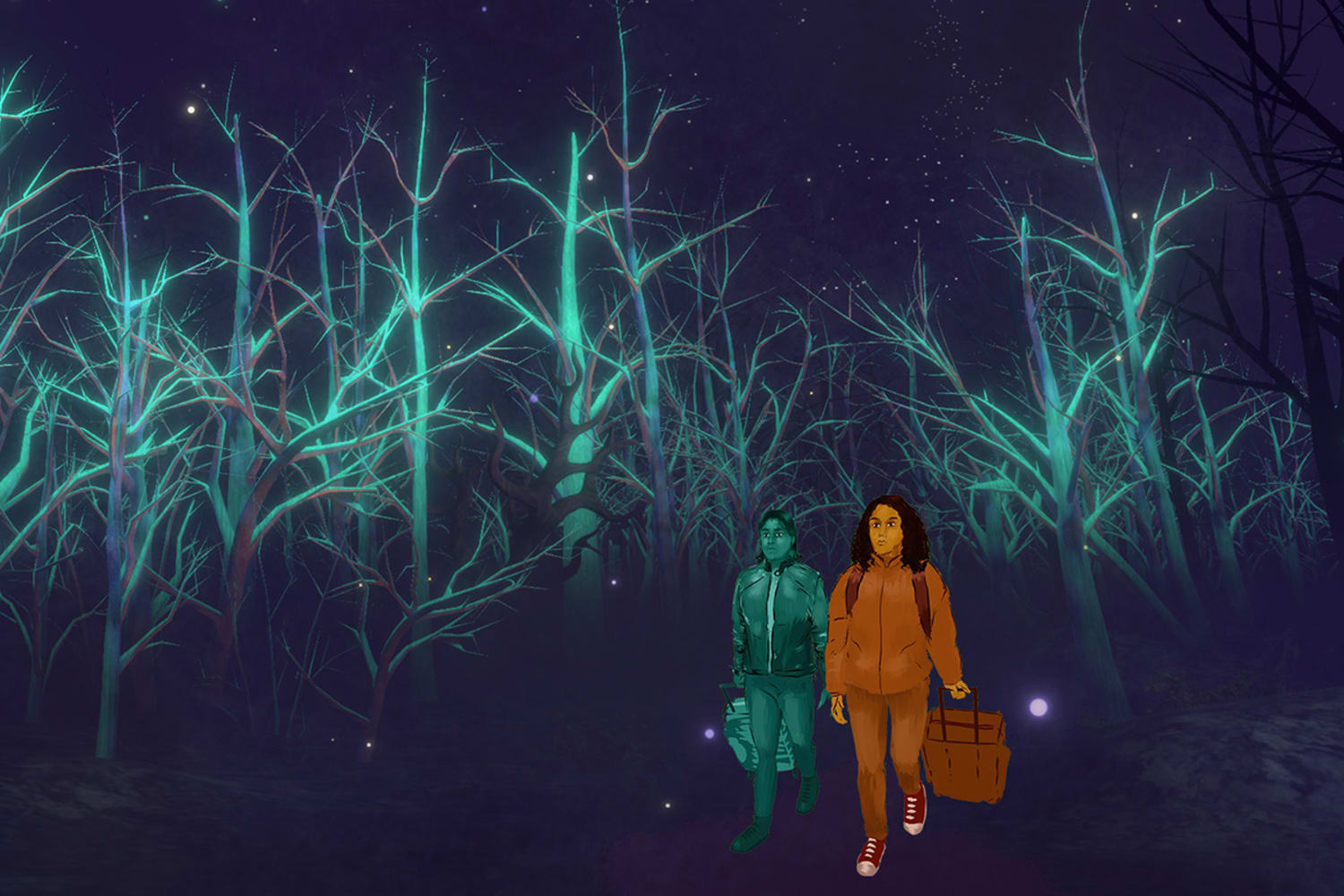
Another political project, Children Do Not Play War is a cinematic depiction of war in Uganda through the lens of a young girl and highlights the innocence and tragedy of war as experienced by children.
Eco-immersion
The looming environmental crisis highlighted in our latest report, The Anxiety Economy, has given rise to many serious documentaries showing the damage to the planet. Project Drop in the Ocean virtually shrinks the viewer into a 2-inch plankton riding on a jellyfish around the majestic depths of the ocean before rising through the depths to see the litter and plastics disrupting nature. “Climate change can feel intangible,” Adam May, co-creator on Drop in the Ocean, tells JWT Intelligence. “We believe VR can do a lot to change people’s minds and give them an experience they can’t experience as a human.”
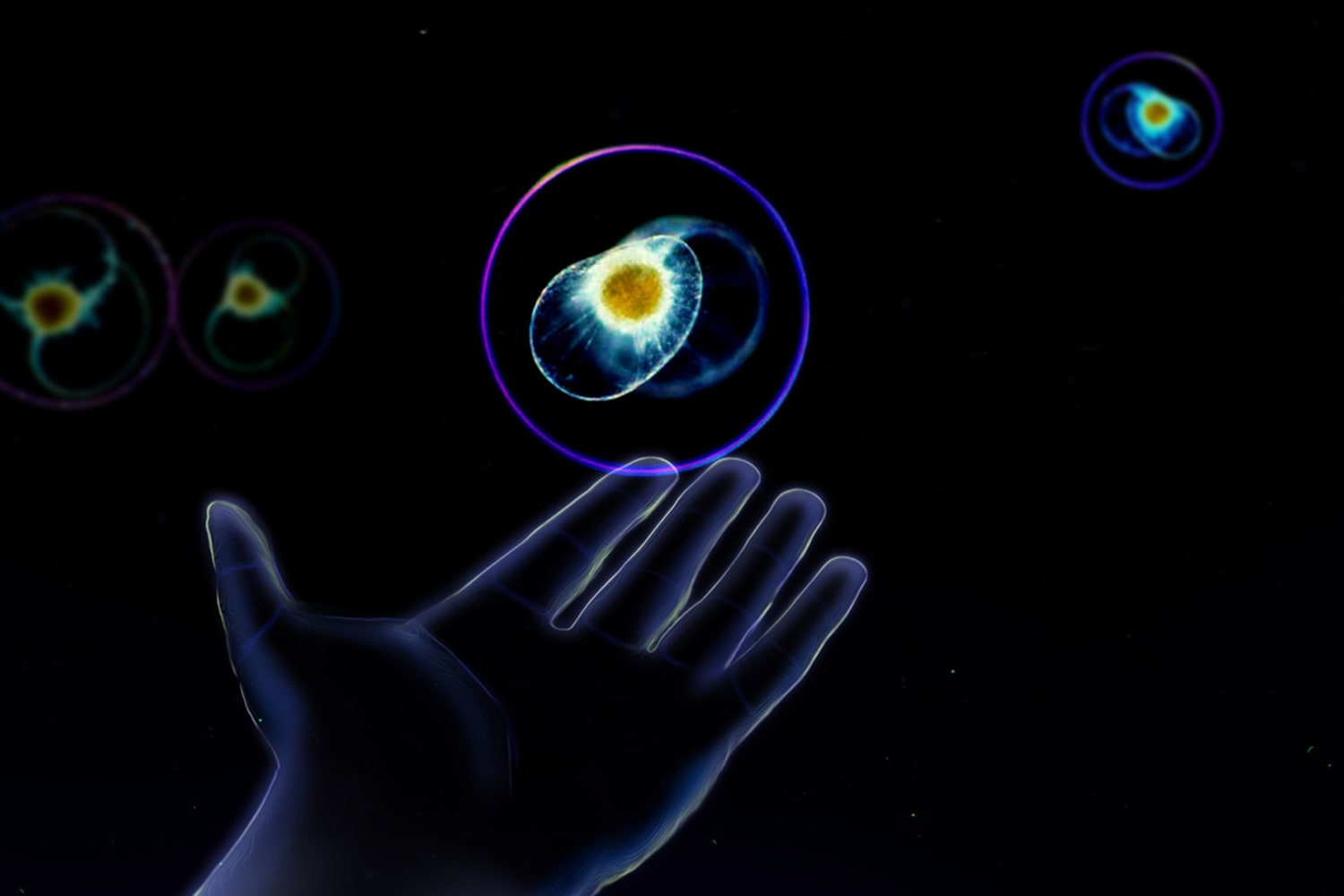
Solving the “empathy crisis” through immersive theatre
VR is also evolving the physicality of storytelling formats. Where There’s Smoke mixes VR, documentary and immersive theatre to explore life, loss and memory. Creator Lance Weiler tells his own personal story of his late father’s battle with cancer and his connection to two mysterious house fires. The audience can view his story in a 15-minute VR experience at the Virtual Arcade before moving to another venue in New York’s Canal Street. At this second location, participants enter a meticulously re-created living room in the aftermath of a fire and are tasked with identifying the cause of the fire through saved objects.
“This particular piece is really experimenting with form,” Weiler explains to JWT Intelligence. “It’s a documentary that is not linear (it’s generative), it’s immersive theatre that has no performers, and it’s an escape room that has no escape. It’s borrowing from these different things and creating its own form.”
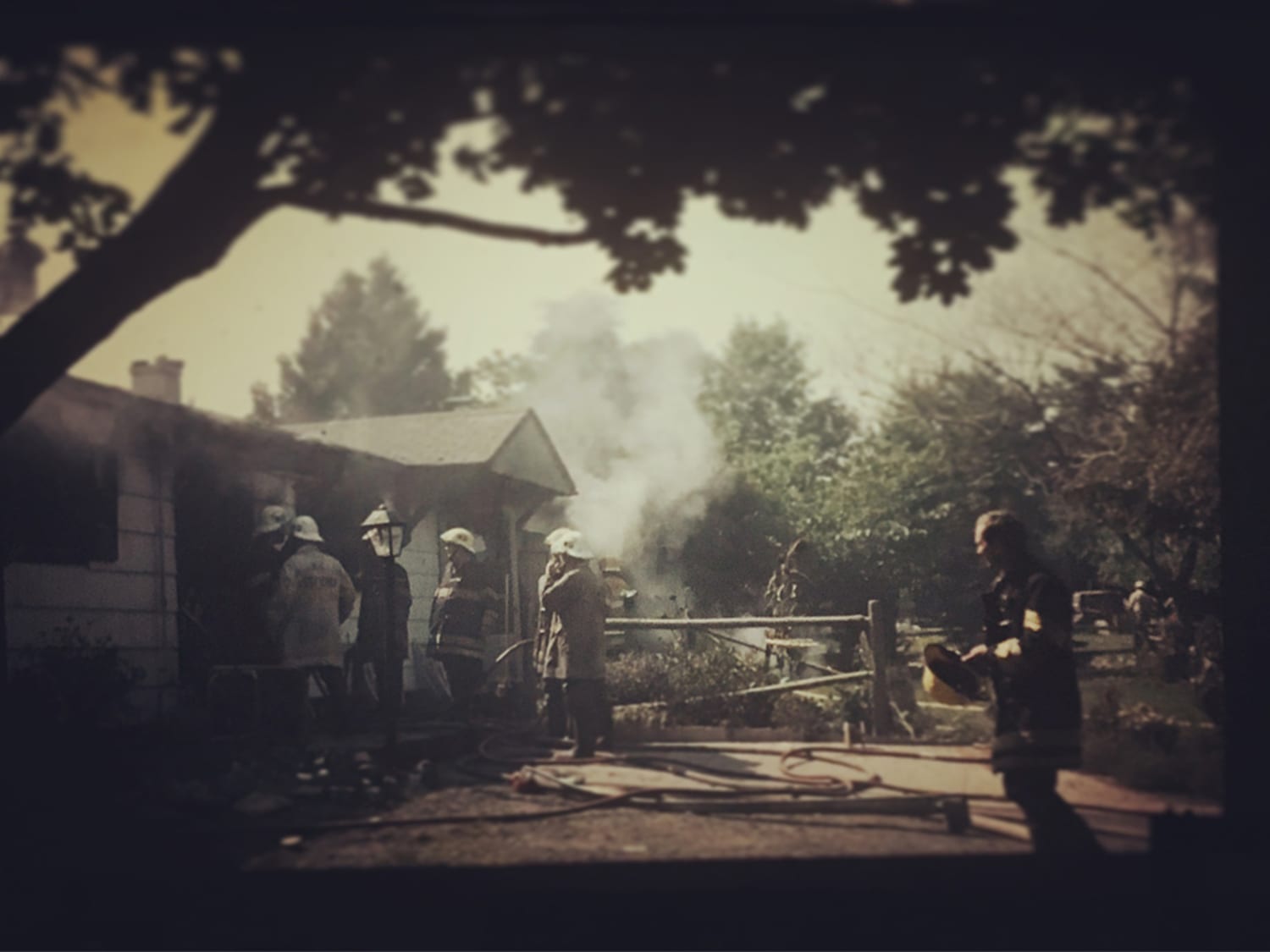
Part story and part puzzle, the audience become active participants in the narrative to create another intimate layer of storytelling. Weiler observes that there is more of an appetite and desire from the audience to be part of an experience and connects it to the time we live in. “We’re in an empathy crisis,” says Weiler. “People are trying to find ways to connect with other human beings because everything feels polarized.”
What’s next for storytelling?
VR and immersive technologies are inspiring a shift in storytelling from passive entertainment to one that wraps the audience into active participation in the narrative. Tribeca Immersive this year promotes VR as a format, as many creators believe in its immersive capabilities. “VR right now is a bit like a 360-degree cinema, but it’s evolving,” says Calvo. “VR is about moving, it’s about choosing and it’s about exploring.”



Please provide your contact information to continue.
Related Content

VML Prague and KitKat offers a digital break with its new "Phone Break" campaign

